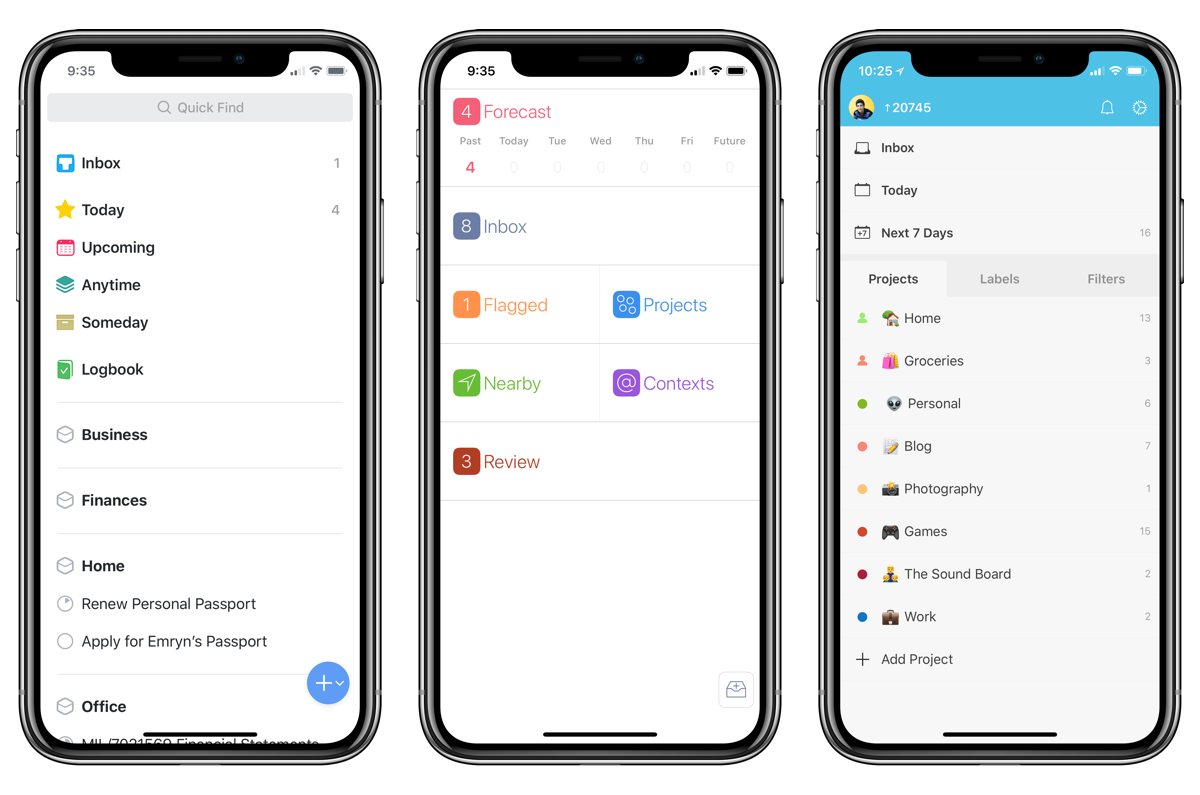

Read more about delegation-there are many different approaches.Īnd then we have dates: defer dates and due dates. Send them an email right then, or create an action to “Email Brian about this one thing.” One other thing to consider: can you do it, or does it require someone elses action? If someone else: delegate it. For kicks, we could probably start with “google ‘how to build a sailboat.’” Turning it into a project means “Build a sailboat next year” is the end goal, and you’ll have invidivual, doable steps along the way. Even if it’s just a model, there are at least a few steps required to make your goal. Take “Build a sailboat next year” as an example. Is it a simple action that could go in a “Miscellaneous” project?.With each item you wrote down, take a second to think about a few things: Processing your Inbox is important-take time to do it right. You’ll hit a groove after 5 minutes and end up with a pretty large collection.
Omnifocus review how to#
Put it in the inbox-even though it’s a huge project that you probably don’t even know how to start.ĭavid Allen advises GTDers to do a brain dump: spend 20 to 30 minutes going through all aspects of your life, putting down anything that you need to work out in the future. I need to remind my kid to take the garbage out on Fridays. Oh, I need to schedule a checkup with a doctor. Getting Things Done® starts with the concept of an Inbox-a temporary holding area to get any idea or task out of your mind so you don’t forget it. You can also read the original GTD Whitepaper.

Omnifocus review software#
It was originally designed without a software component in mind-manila folders, actually! GTD® is a great system, but with OmniFocus, it can be even better. Tasks around the house, career goals, things to buy-anything you can turn into a command to follow or action to do. Developed by David Allen and published in a bestselling book of the same name, Getting Things Done® became a compelling system for dealing with anything.


 0 kommentar(er)
0 kommentar(er)
